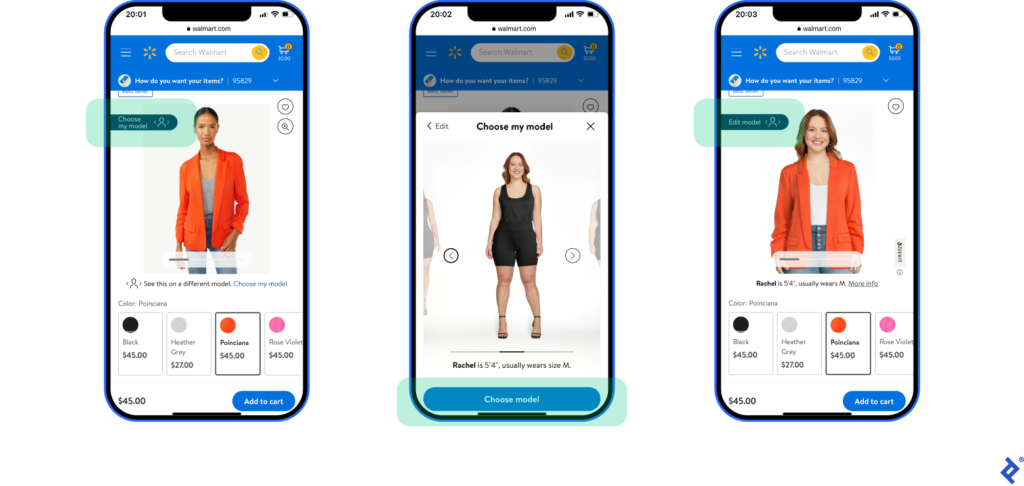In the competitive realm of e-commerce, marketers are constantly seeking innovative solutions to enhance customer engagement and boost conversions. One such cutting-edge solution is a virtual try-on for clothes. This technology allows online stores to provide customers with an immersive shopping experience, bridging the gap between physical and digital retail. For marketers, integrating this tool effectively can be a game-changer in driving growth and building brand loyalty.
This article presents a comprehensive checklist to help online shop owners and marketers seamlessly incorporate virtual try-on technology into their strategies, ensuring maximum impact and return on investment.
Why Marketers Need a Checklist for Virtual Try-On Implementation
The integration of virtual try-on for clothes technology requires careful planning and execution to ensure its effectiveness. From selecting the right tool to promoting its usage, every step needs to be aligned with the business’s goals and customer expectations. A well-thought-out checklist can streamline this process, reduce errors, and maximize the benefits of this innovative feature.
Checklist for Virtual Try-On Success
1. Identify Your Business Goals: Before implementing virtual try-on technology, define the specific objectives you aim to achieve.
Questions to Consider:
- Are you looking to increase conversion rates?
- Do you want to reduce return rates?
- Is the goal to differentiate your brand from competitors?
2. Select the Right Virtual Try-On Tool: Not all virtual try-on tools are created equal. Choosing the right solution is critical to ensuring a smooth user experience and achieving your goals.
Factors to Evaluate:
- Compatibility with your e-commerce platform.
- Customization options for branding purposes.
- Mobile optimization for smartphone shoppers.
- Analytics features for data-driven marketing.
3. Ensure Seamless Integration: The tool you select should integrate seamlessly with your existing website and processes.
Steps to Take:
- Test the tool’s compatibility with your current website structure.
- Work with developers to ensure smooth implementation.
- Check for potential conflicts with other plugins or features.
4. Promote the Virtual Try-On Feature: Simply integrating the tool isn’t enough. Marketers need to actively promote the feature to ensure customers are aware of and use it.
Promotion Strategies:
- Highlight the tool’s benefits on product pages and homepages.
- Use email campaigns to introduce the feature to your existing customer base.
- Create engaging social media content that demonstrates the virtual try-on feature in action.
5. Leverage Analytics for Continuous Improvement: Most virtual try-on tools come with built-in analytics capabilities. Use these insights to refine your marketing efforts and understand customer behavior.
Metrics to Monitor:
- Engagement rates: How often customers use the virtual try-on tool.
- Conversion rates: Purchases made after using the feature.
- Return rates: Changes in return rates post-implementation.
Conclusion
Incorporating virtual try-on for clothes technology into your online store is a strategic move that can revolutionize the shopping experience and elevate your marketing efforts. By following this checklist, marketers can ensure a smooth implementation, optimize the tool’s impact, and align it with their broader business objectives.
As e-commerce continues to evolve, staying ahead requires adopting innovations that not only enhance customer satisfaction but also contribute to your brand’s long-term success. Start today by reviewing your goals, selecting the right tool, and creating a marketing plan that positions your store as a leader in digital retail.

